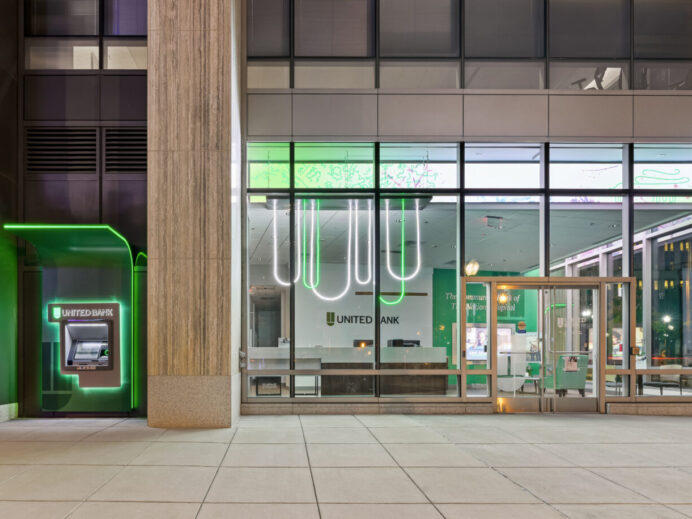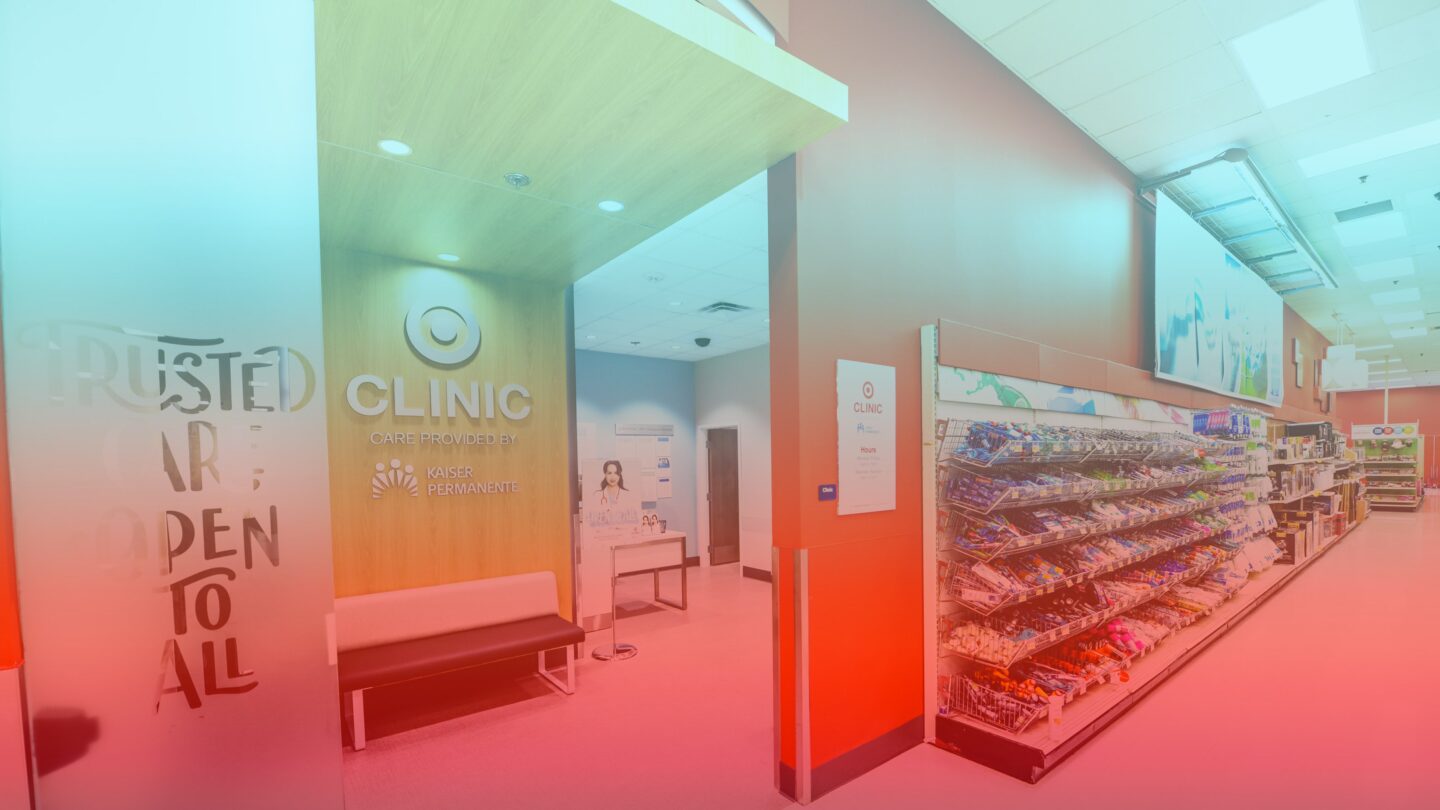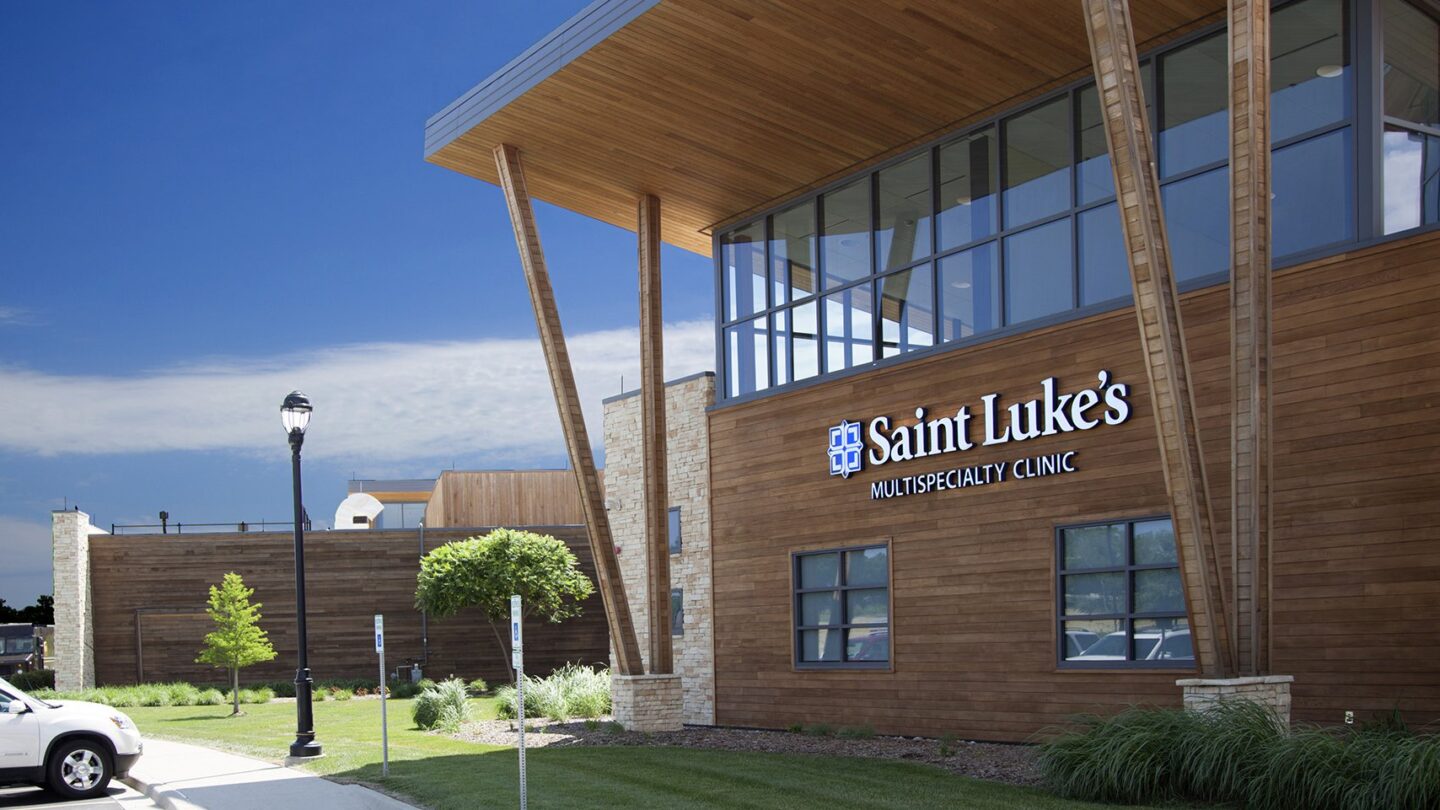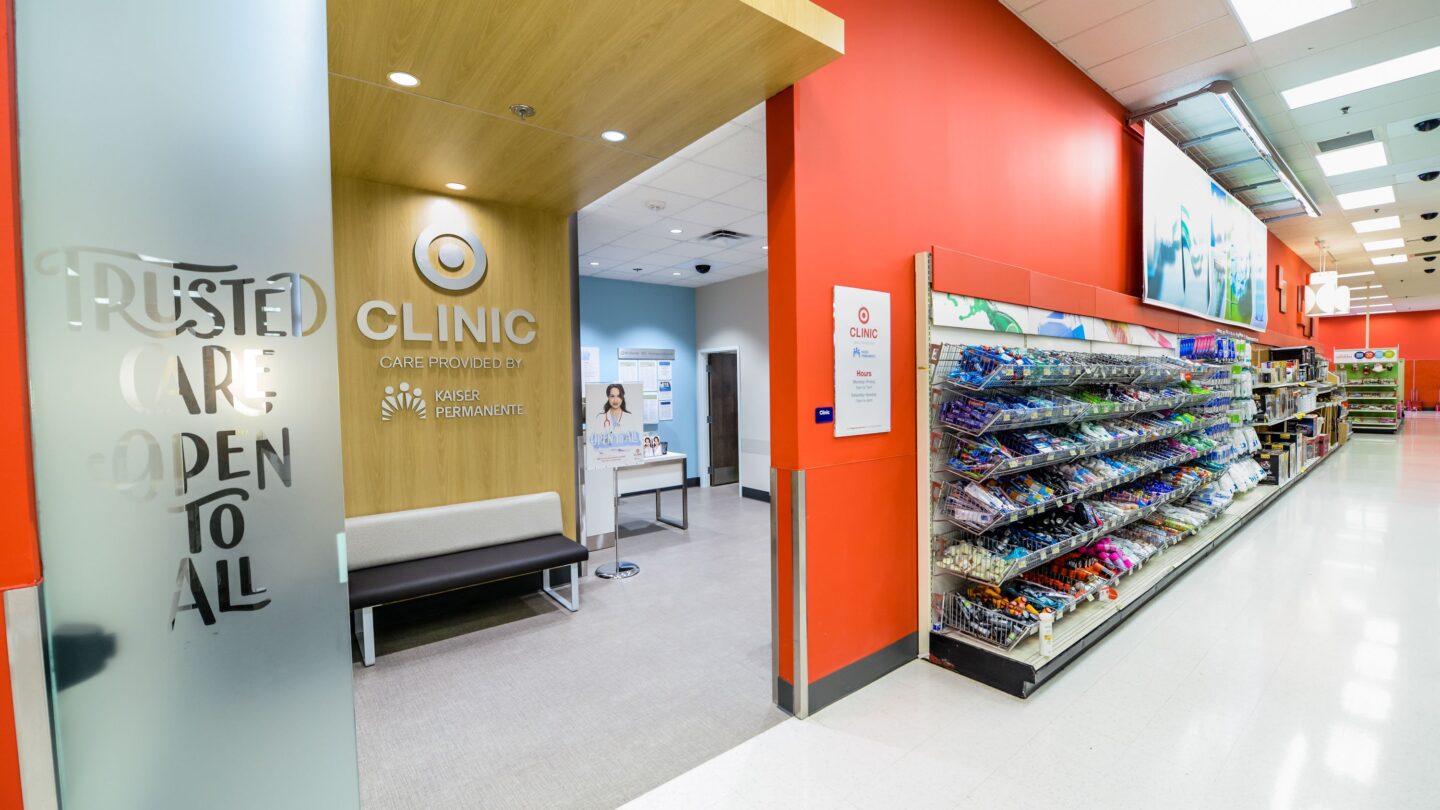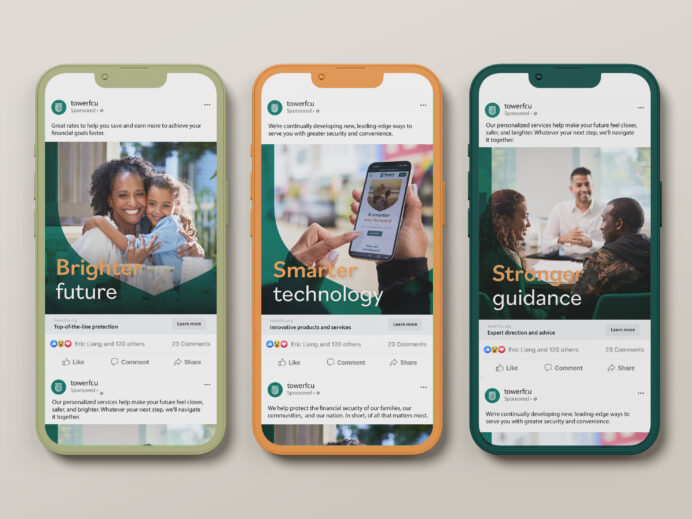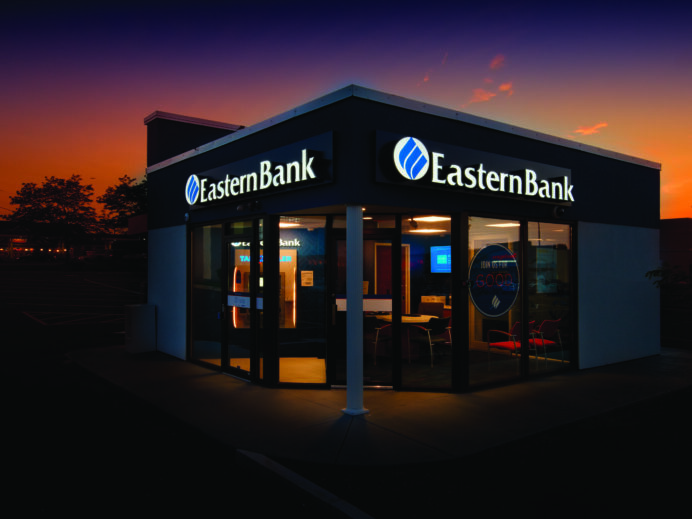In our last healthcare article “Emerging Expectations in Healthcare,” we addressed the impact of consumer retail on healthcare expectations.
The rise of consumer centricity in healthcare means that institutions are moving toward a model less centered around the way organizations deliver care and more focused on how the individual consumer wants to receive their care. While these advances may seem like a natural evolution, healthcare organizations are under enormous pressure to quickly adapt to consumer demand. Given that most healthcare is delivered by legacy organizations with methodical, institutional processes and procedures developed over years, change doesn’t come quickly or easily.
While not all organizations are rising to the challenge, we have surveyed the landscape to find best-in-class organizations with formats and facilities that are challenging conventional care. What we see on the horizon are some shining examples of healthcare organizations ushering in new care models that anticipate needs, enhance accessibility and awareness and effectively balance delivery of care across digital and physical touchpoints. These service providers are ready to embrace change in this competitive environment with emerging expectations of choice, mass-customization and immediate availability of information. Here is our roundup of the best healthcare change agents.
Reimagining Primary Care
A San Francisco based challenger brand, One Medical is a primary care group “re-imagining the doctor’s visit” with a member-based “designed for life” approach. This innovator’s retail experience tackles head-on aspects of the patient experience consumers decidedly do not enjoy. They’ve elevated their hosting areas to feel more like a hotel lobby than a doctor’s waiting room. With a network of 250-plus primary care specialists in 40 cities, they provide a greater level of convenience and choice, including options all the way down to privacy levels and seating options. Traversing digital and physical channels seamlessly, their app empowers patients to book last-minute appointments and access health records online.
Accessible Specialty Care
Focusing on specialty needs, Saint Luke’s Health System of Kansas City, MO has also been exploring how to make care more efficient with a multi-specialty clinic format. The healthcare group wanted to bring healthcare closer to where patients live and work with clinics that house many types of medical practice and health service areas all under one roof. Specialties at clinics range from cardiology, orthopedics, pulmonology, urology, and primary care with in-house services that include radiology, ultrasound, CT scans, and MRIs. Facilities are likely to be multi-story 25,000 to 50,000 square foot complexes that are much larger than primary care clinics but significantly smaller than hospital campuses.
Pop-Up Convenience
One trend we’ve seen continue unabated over the last 24 months is the pop-up clinic movement. Compressed in delivery, these clinics provide a limited menu of the most needed healthcare services from strep tests to antibiotic prescriptions, perfect for the working parent with a sick child. Atlanta-based Piedmont Healthcare deployed their in-store QuickCare format to 27 Atlanta Walgreens locations with plans now to enhance their scope to include full-service primary care. Another pop-up model is Kaiser Permanente, one of the nation’s largest integrated health systems, partnering with Target to launch 31 additional KP-staffed retail clinics in stores across Southern California.
As if these new formats and delivery models were not complicated enough, emerging technologies will continue to drive consumer-level demand and change across the healthcare industry, impacting not only the delivery of care but the integration of healthy lifestyles for individuals throughout the cycle of wellness. From the technology standpoint, we are already seeing the impact as providers like UnitedHealthcare explore digital access to remote healthcare expertise through Virtual Visits with their doctors and Forward Medical and others exploring full body scanning technology, wearables and other tech-driven tools to both monitor health conditions and augment health related goals.
Watch this space as we continue to track the leading edge of change across the healthcare, retail and financial industries. To talk with one of our industry experts, contact us at info@adrenalinex.com.
